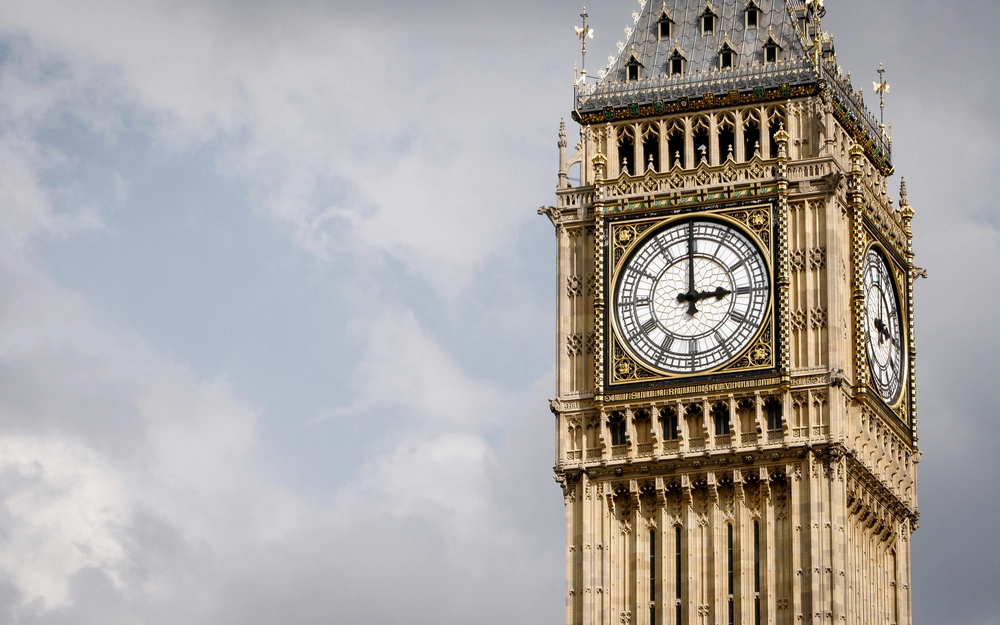
Under the doctrine of 'vicarious liability' an employer can be held potentially liable for the harm / loss caused by the wrongful act of one its employees. In a couple of recent cases, the courts have effectively expanded the doctrine to cover a wider range of factual circumstances, including beyond the employer / employee relationship.
In this article I explain why it is of significance for charities, who could find themselves held liable for the actions of not only their staff, but also their volunteers and beneficiaries.
In order for vicarious liability to be established, two specifics must be established:
- A sufficient relationship between the employer and the wrongdoer; and
- A sufficient connection between that relationship and the wrongdoer's act.
As explained below, both of these specifics have now been widened.
In one case, Cox v Ministry of Justice, the MoJ was held liable for the harm suffered by an employee at HM Prison Swansea through the negligence of a prisoner. Mrs Cox, who supervised both staff and prisoners working in the prison kitchen, was injured when a prisoner dropped a sack of rice on her back. In reaching its decision, the Supreme Court recognised that vicarious liability can be established in relationships beyond just employer / employee, which opens the door to charities being held potentially liable for the wrong-doing of their volunteers and, in certain circumstances, their beneficiaries, if they are in an 'employment-like relationship' with the charity.
In the other case, Mohamud v WM Morrison Supermarkets plc, Mr Mohamud was assaulted by an employee of Morrisons when he visited one of its petrol stations. In reaching its decision, the Supreme Court addressed the 'close connection test', as follows
- What is the nature of the job entrusted to the employee, considered in its broadest terms?; and
- Is there a sufficient connection between the position in which the employee is employed and the employee's wrongful conduct to make it right for the employer to be held liable under the principle of social justice?
It was recognised this test was relatively imprecise, and there was a need for evaluative judgment, having regard to all the circumstances. However, the Court found Mr Khan's job was to attend to customers and his response to Mr Mohamud, a potential customer, was within the field of activities entrusted to him as an employee by Morrisons.
Both these cases highlight the importance for any charity to take all 'reasonable steps' to implement appropriate policies and train staff / volunteers as a means of reducing the risk of any wrongful act occurring. If a charity can show that it took all such reasonable steps then it should have a good defence to any claim for vicarious liability.
If a charity enters into any outsourcing arrangement then it should take care to ensure that the contractual arrangements give protection to the charity against the risk of vicarious liability and that the outsourcing entity has adequate insurance cover in place.
For more information on the above and its implications for your organisation, read more about our charity lawyers or please contact me on +44 (0)1392 685257 or email [email protected]











